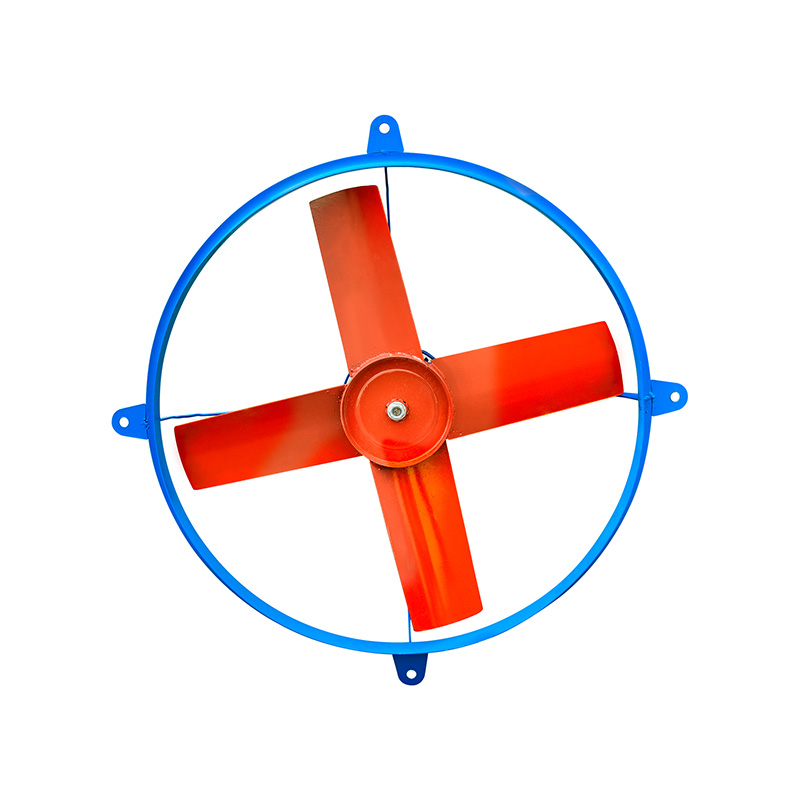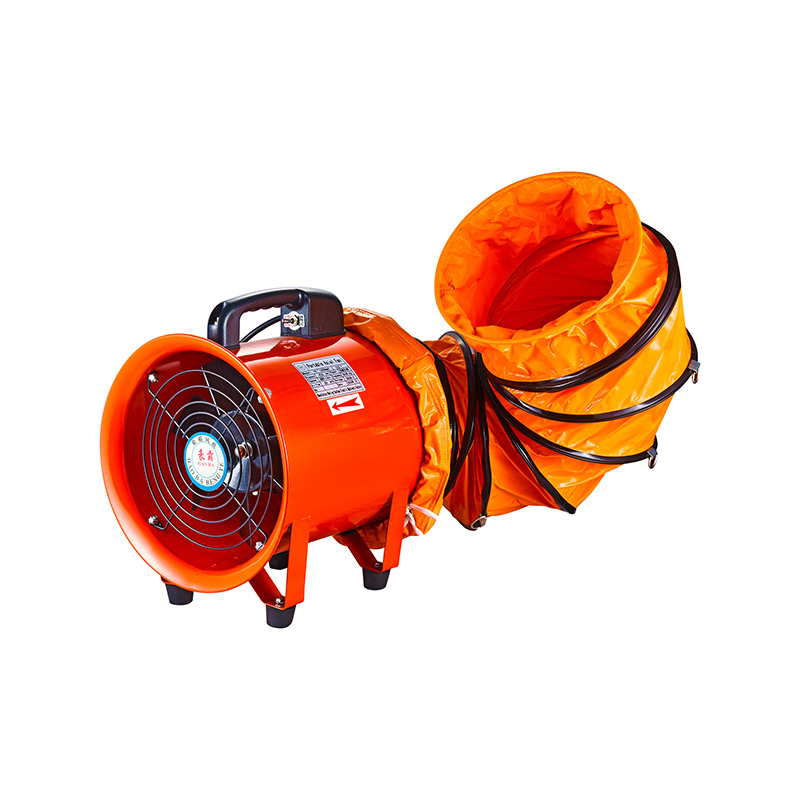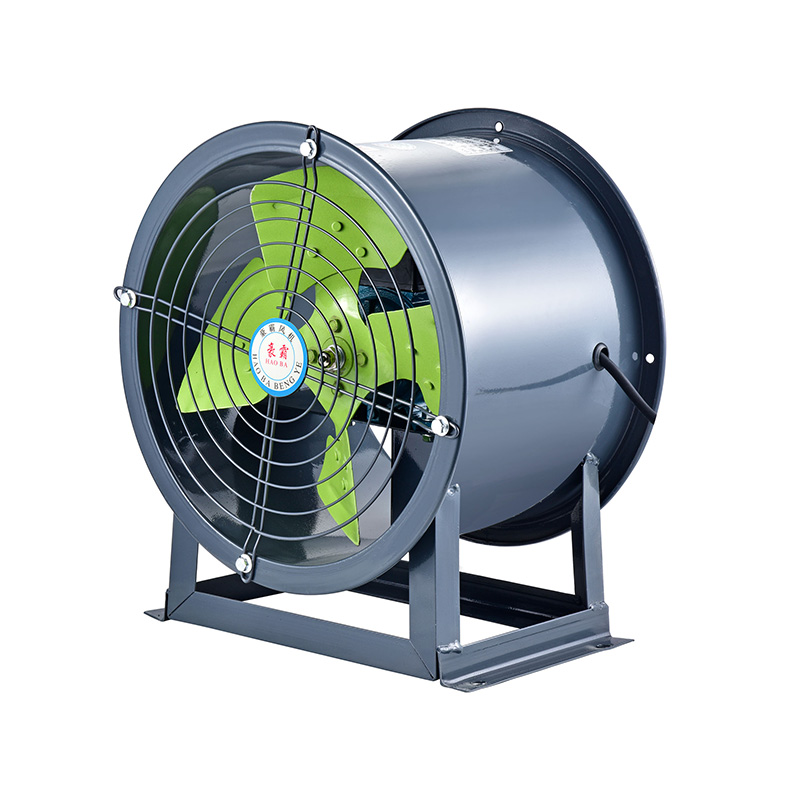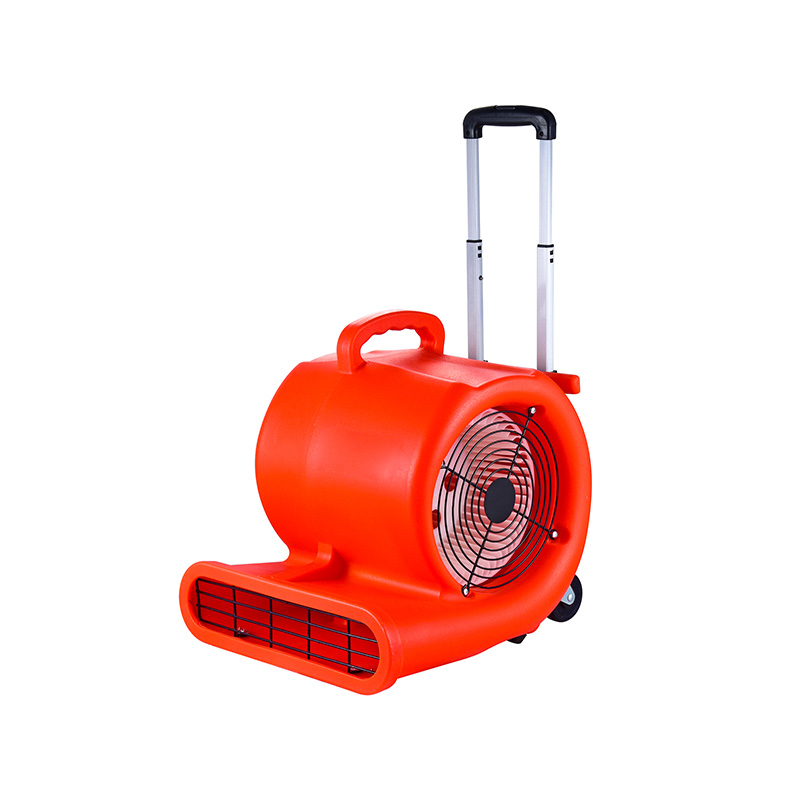Characteristics Of Roof Exhaust Fans In Commercial Buildings
2025-07-08
Roof exhaust fans play a vital role in maintaining indoor air quality and thermal comfort in commercial buildings. These fans are designed to remove stale, hot, or contaminated air from inside the building and expel it through the roof, making room for fresh air intake. With increasing attention to ventilation in workplaces and public spaces, roof-mounted exhaust fans have become a standard component in commercial ventilation systems.
One of the common designs used in these systems is the centrifugal type blower. Known for its ability to move air efficiently over longer duct runs, the centrifugal type blower is favored in commercial setups where airflow needs to travel significant distances or through complex ductwork. Its curved blades and housing structure create a higher static pressure, which is essential for overcoming system resistance in larger facilities.
A key advantage of using a centrifugal industrial blower in roof exhaust systems is its ability to maintain consistent airflow under varying pressure conditions. In many commercial buildings—such as shopping centers, office complexes, and healthcare facilities—the exhaust system must perform reliably regardless of weather conditions or operational load. A centrifugal industrial blower provides this stability, allowing the fan to perform even when external factors fluctuate.
Moreover, the pressure blower fan is another critical component frequently used in roof exhaust systems. These fans are specifically built to deliver air at higher pressures, making them well-suited for applications that involve filtering, duct obstructions, or multi-story ventilation layouts. When installed on the roof, a pressure blower fan efficiently channels air through filters or silencing devices without compromising on volume or velocity.

The integration of a centrifugal-type blower in commercial roof exhaust systems also allows for noise control and smoother operation. These blowers often come with sound-dampening features and vibration isolation, which reduce mechanical noise that could otherwise disturb building occupants. Quiet operation is especially important in environments like libraries, schools, or office buildings, where a peaceful atmosphere contributes to productivity and comfort.
Durability is another important trait of roof exhaust fans built with a centrifugal industrial blower. Since these fans are exposed to varying outdoor conditions—including rain, snow, and UV exposure—they must be constructed from weather-resistant materials and properly sealed enclosures. The centrifugal industrial blower, often made from galvanized or powder-coated steel, meets these requirements and provides long service life with small maintenance.
In commercial kitchens or manufacturing plants, where exhaust air contains grease, moisture, or particulate matter, a pressure blower fan ensures that contaminated air is quickly evacuated. This helps maintain a cleaner indoor environment and protects sensitive equipment. Some models also come with backward-inclined blades to handle contaminated or moist air without clogging, adding to the fan’s versatility in harsh environments.
Another factor to consider is energy usage. Many modern roof exhaust fans now feature motors and drives designed for energy efficiency. When paired with a centrifugal type blower, the system delivers high performance with lower power consumption. Variable frequency drives (VFDs) are often added to regulate speed based on demand, making the entire system more responsive and efficient over time.
The centrifugal industrial blower also supports modular design in some roof fan units. This allows for easier installation and maintenance, especially in retrofitting older buildings or expanding existing ventilation systems. Technicians can access parts without dismantling the entire fan unit, reducing downtime and labor costs.
In summary, roof exhaust fans in commercial buildings benefit greatly from the use of components like the centrifugal type blower, centrifugal industrial blower, and pressure blower fan. Each plays a specific role in ensuring the system meets performance, durability, and energy goals. As commercial buildings continue to prioritize air quality and ventilation standards, these fan systems provide a reliable solution that balances efficiency and adaptability across a variety of settings.

 English
English русский
русский عربى
عربى









